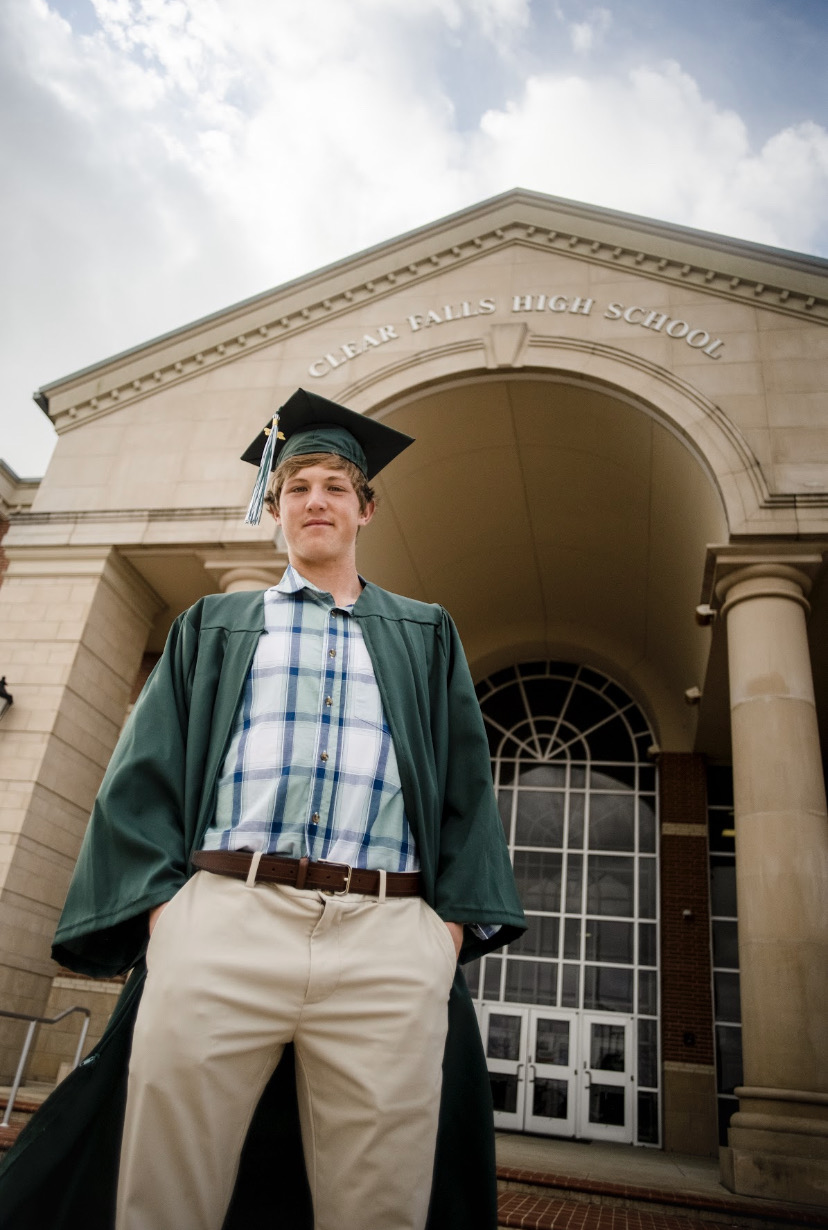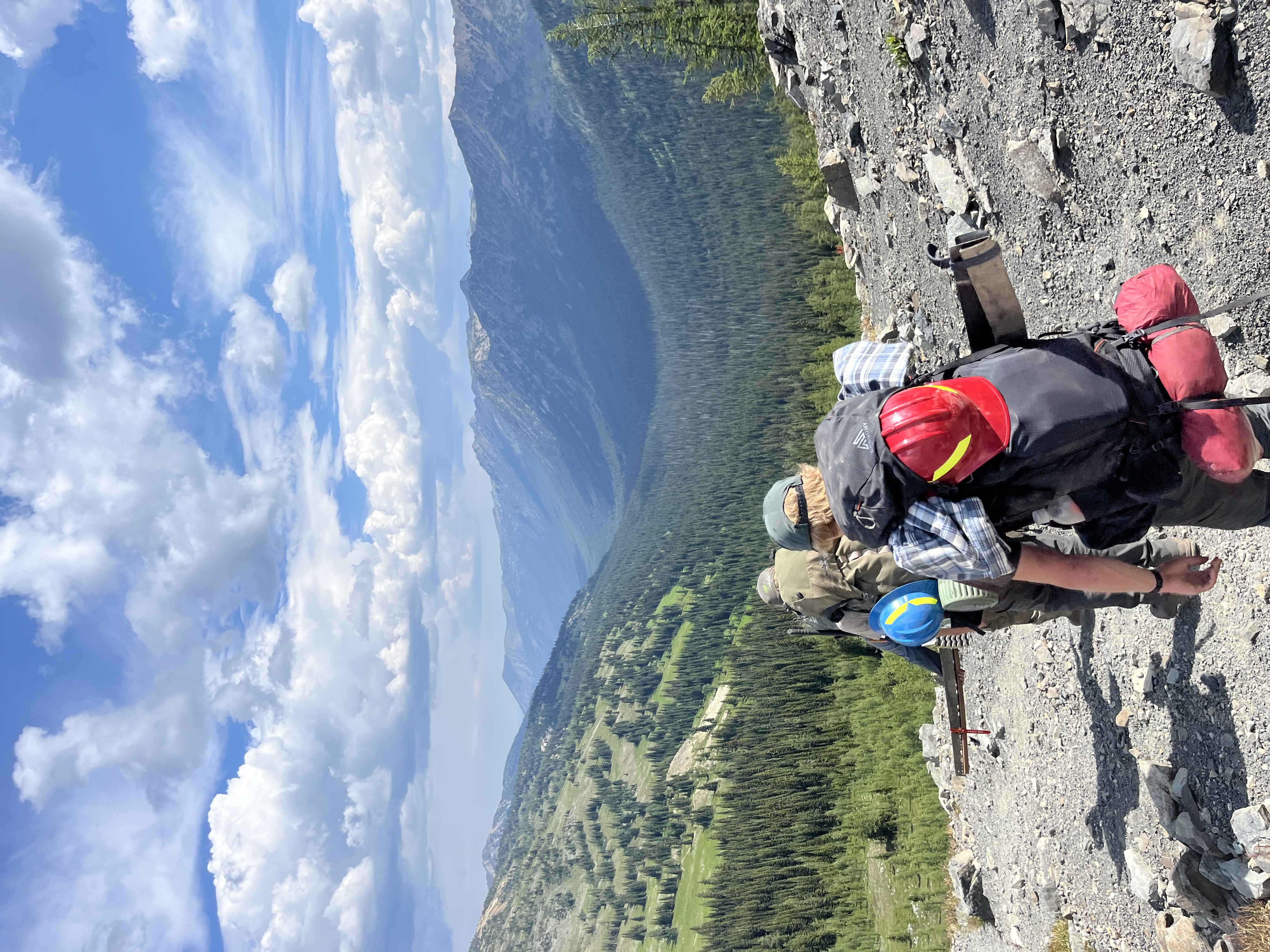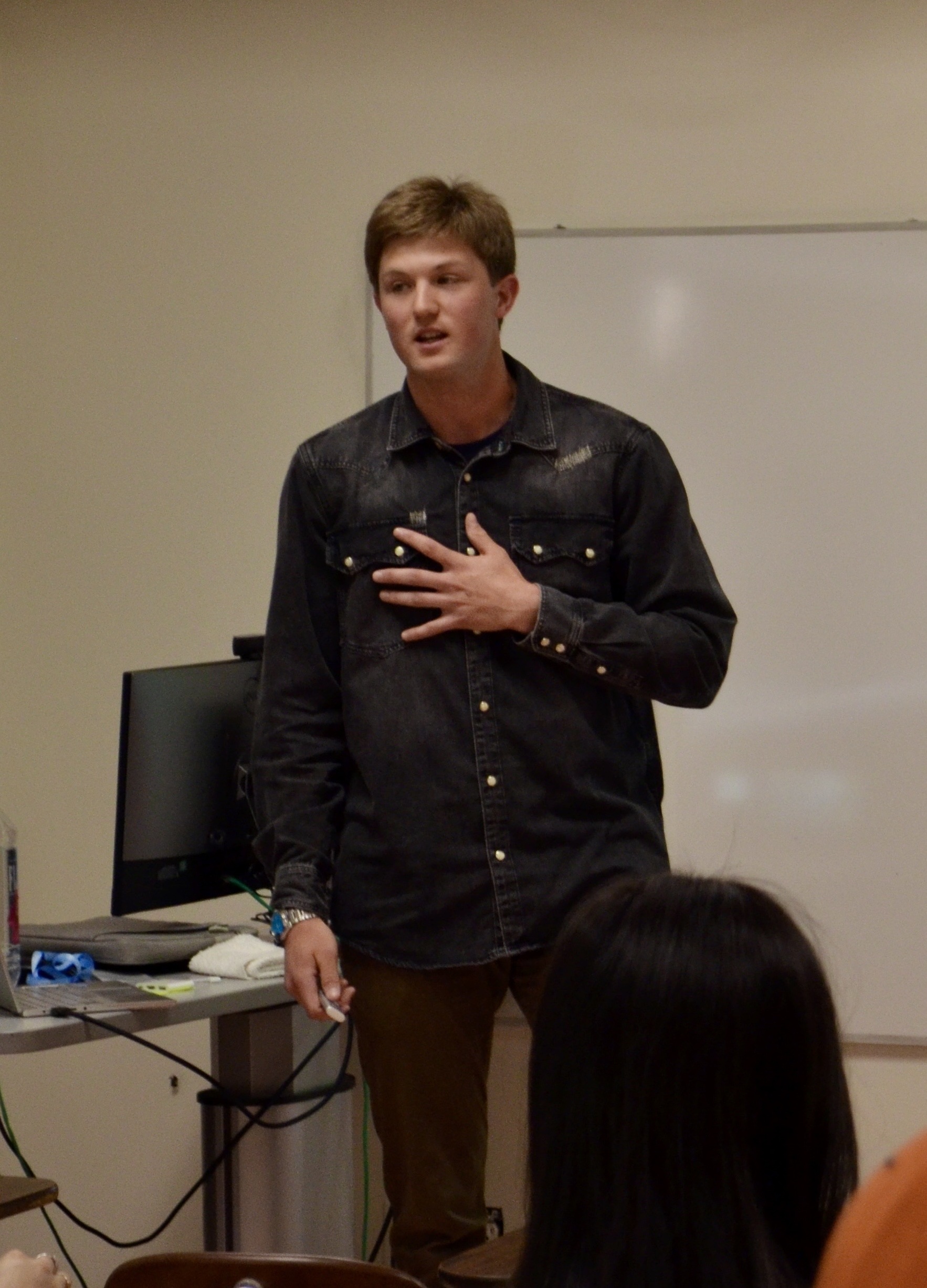My Story
Early Life in Houston
I had a pretty normal childhood in Seabrook, Texas - a small surburb Southeast of Houston.
I was, however, very lucky to live just under 2 miles away from NASA Johnson Space Center and was
exposed to space science and engineering at a very young age. As a kid, I always anticapited that
I would eventually end up in the aerospace engineering, but my plans would take a shift once I started high school.
During my freshman year, I began playing tennis for the high school team and quickly fell in love with the sport.
Over the next four years, I dedicated the majority of my time to improving my game and traveling across Texas
to compete. This hardwork paid off, and during the spring of my senior year, I accepted my recruitment offer
to play Division I tennis for the Long Island University Sharks.

Finding My Passion
I entered college with the full intentions of pursuing a career in tennis , but after playing my first season of Division I tennis and working part-time at the John McEnroe, I realized that I was not meant to spend the rest of my life on the tennis court. However, this begged the question - what should I do now? After taking some time to think, I came to the logical conclusion to move across the country and join a trail crew in the backcountry wilderness (Shoutout to the Student Conservation Association). Working alongside a ragtag group of trailbuilders, I fostered a deeper appreciation of our planet and knew that I had found my passion in Earth Science.

Getting Cloudy
After returning from my summer stint with the forest service, I was motivated to find a way to combine my love for Earth
with my educational background of mathematics and computer science. Over the next fall I considered and applied
to a large number of internship programs from virtually all disciplines of Earth Science; however, when I connected
with Dr. Yangang Liu, a cloud physicist at Brookhaven National Laboratory, I knew what I wanted to pursue.
Joining Dr. Liu's group over the summer, I became hooked on cloud physics and fell in love with the thrill
of using computational models to learn more about cloud processes.
As I learned more about the field and came to
understand how important clouds are in the global Earth system, I knew that I had found my calling. Since then,
I have worked to build my cloud physics knowledge base and skill set with hopes of becoming a university professor
to tackle pressing challenges in the cloud physics community and help foster a love for our planet in the next
generation of students.
